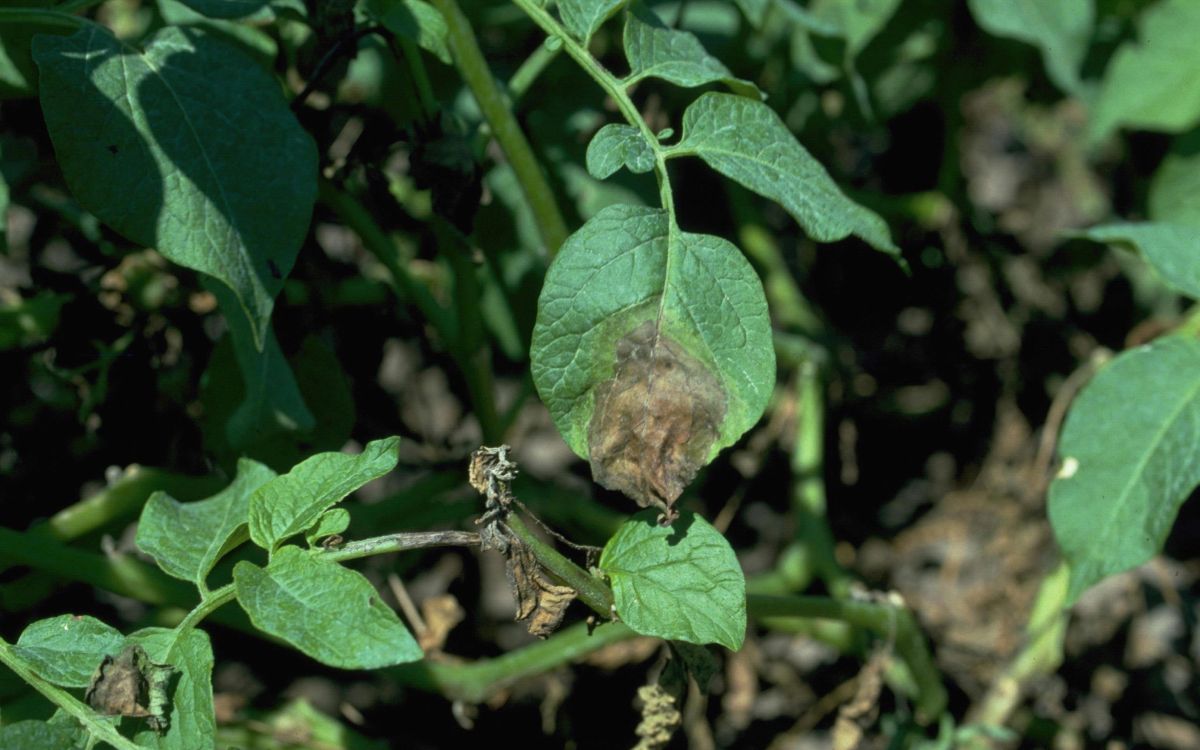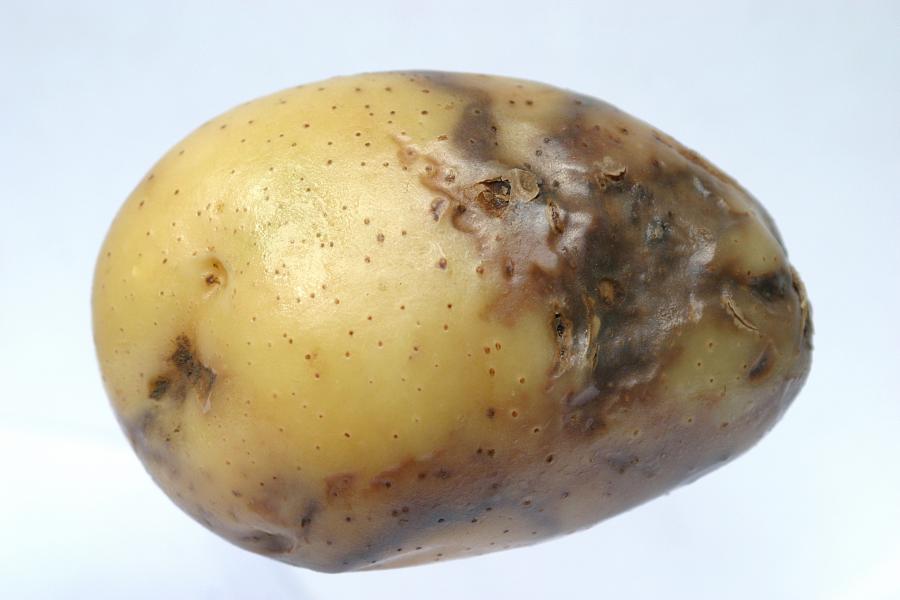
New risk criteria which will transform the performance of Potato Late Blight alert systems has been revealed.
Arising from research undertaken by the James Hutton Institute and funded by AHDB Potatoes, the ‘Hutton Criteria’ is a significant advancement on current methodology for predicting blight pressure, known as Smith Periods, now 60 years old this year.
“Smith Periods have been immensely valuable in assessing blight risk to date. Originally developed by L.P. Smith in 1956, Smith Periods were an improvement on the previously used system – the Beaumont Criteria,” said Claire Hodge, Knowledge Exchange Manager for AHDB Potatoes.
“But we need to continue to optimise in response to changes in climate and developments in technology and the Hutton Criteria provides that timely enhancement.
“Late Blight, caused by the pathogen Phytophthora infestans, remains the single most important disease for the British potato trade.
“Spreading quickly in the foliage, a typical blight pressure season can be costly to the industry.”
'Crucial to protect our crops'

John Sarup, Agronomist and specialist potato adviser for SPUD Agronomy, said it’s a concern for potato growers every single year.
“It's tool for identifying high risk periods of disease development is crucial to help us protect our crops and give us the confidence to schedule control activities at the right time, to the right level.
“However in recent seasons, blight has been found on crops even before any conventional Smith Periods had been recorded, meaning the current tools and systems just weren’t reliable enough to support precision decision-making.”
AHDB-funded research by PhD student Siobhán Roísín Dancey, at the James Hutton Institute, in collaboration with supervisors Peter Skelsey and David Cooke, examined relationships between reported outbreaks and recorded Smith Periods, and performed controlled environment experiments to determine new thresholds indicative of high blight risk.
“Previously the collective reasoning was that a lowering of the temperature threshold would provide earlier indication of blight pressure, and certainly some systems out there adjusted their operating criteria in line with this in efforts to improve the services available to growers,” said Ms Dancey.
“While our data did demonstrate some improvement with this approach, it was not a pronounced effect, and in fact a reduction in the period of relative humidity at 90 per cent or above down to six hours from the present eleven proved the most striking match for those conditions which resulted in an actual blight outbreak.”
'Significant improvement'
Putting the findings to the test against over 2,000 historic reports of potato late blight outbreaks, the Hutton Criteria demonstrated a significant overall improvement in performance compared to the Smith Period.
“Past records revealed that the Smith Period was not performing equally well in all parts of the country, and the Hutton Criteria has eliminated this issue,” added Ms Dancey.
AHDB’s Fight Against Blight (FAB) campaign continues its free alert service for levy payers and aims to take practical advantage of the research in 2017.
“The FAB tools currently allow levy-payers to register for free, automatic alerts about local conditions conducive to blight along with actual reported blight outbreaks,” explained Ms Hodge.
“The plan is to build the Hutton Criteria into these systems, improve the reliability and reach of blight risk reporting, and launch them in time for the 2017 blight pressure season helping to support decisions, refine action plans and re-empower growers against blight.”
